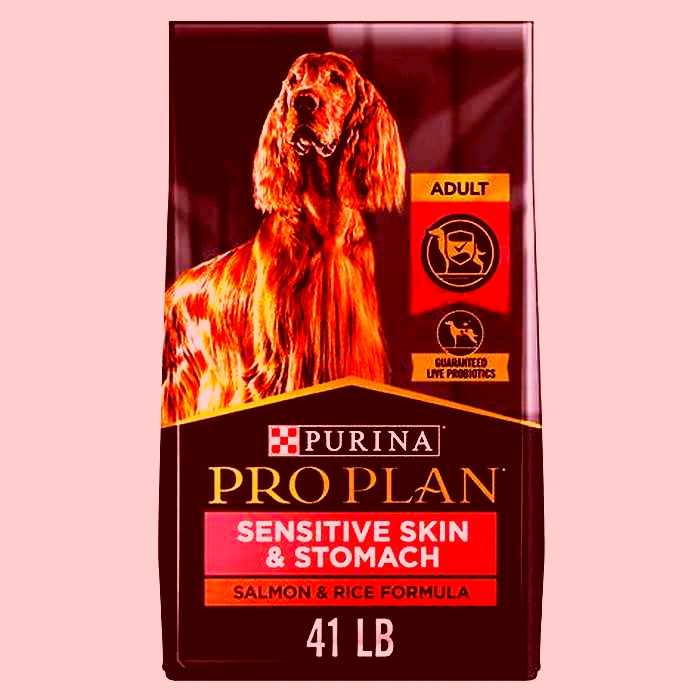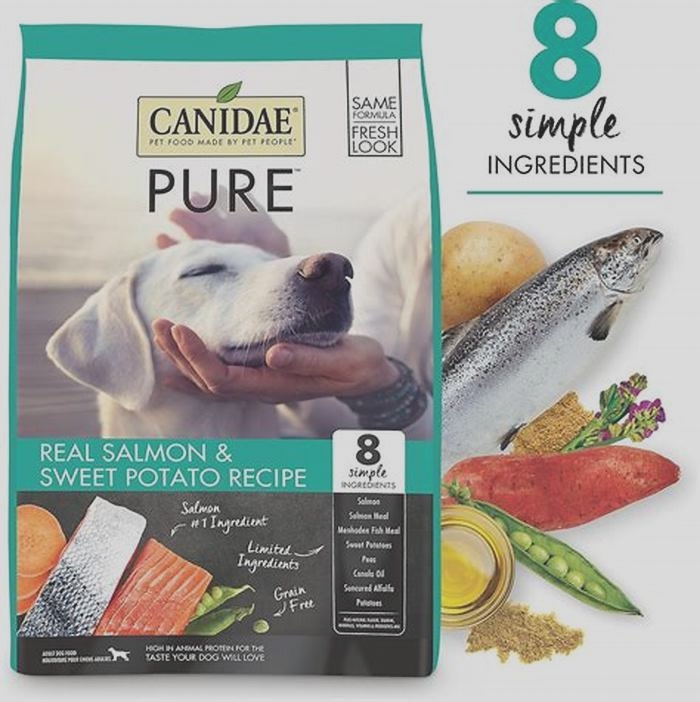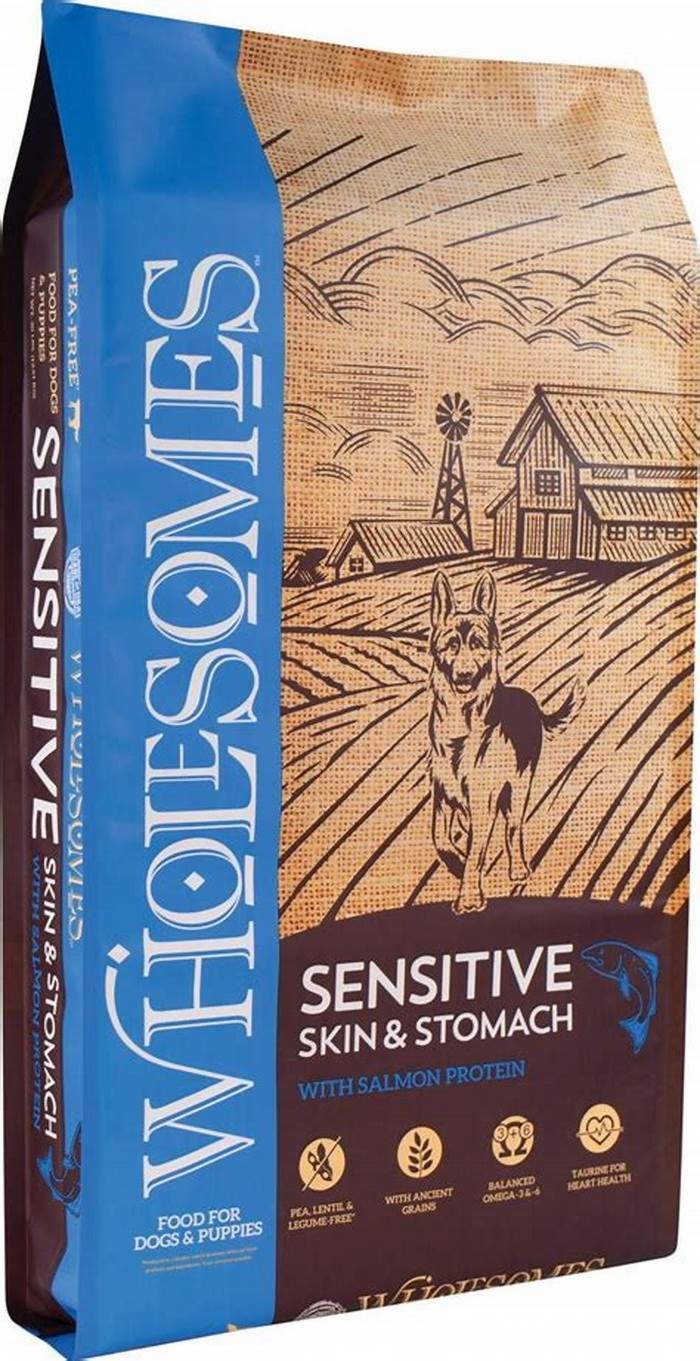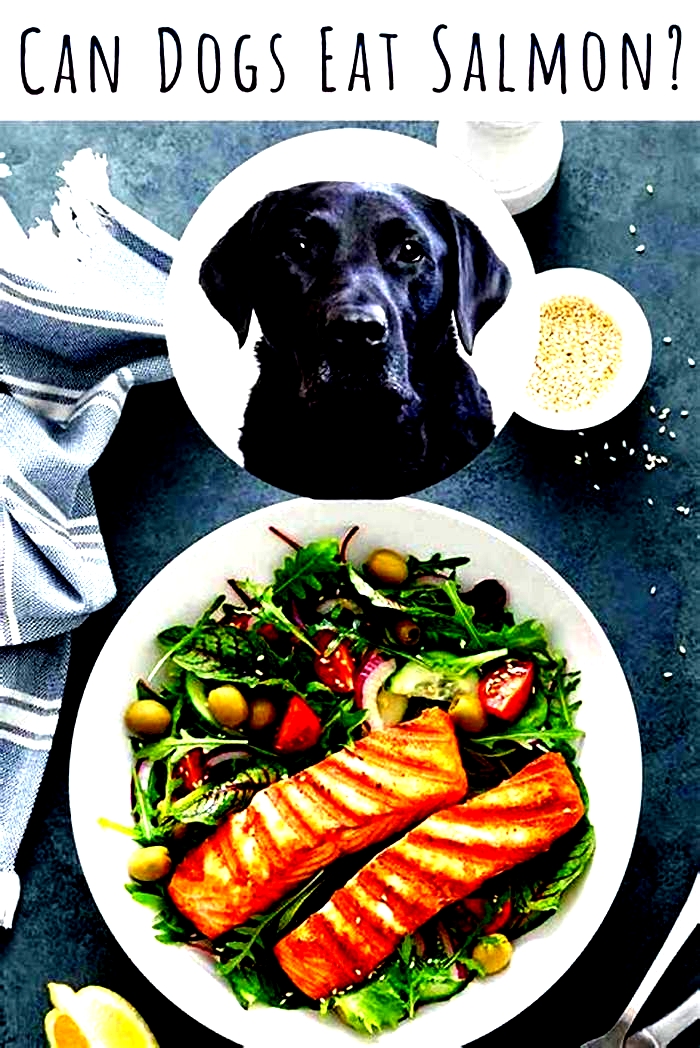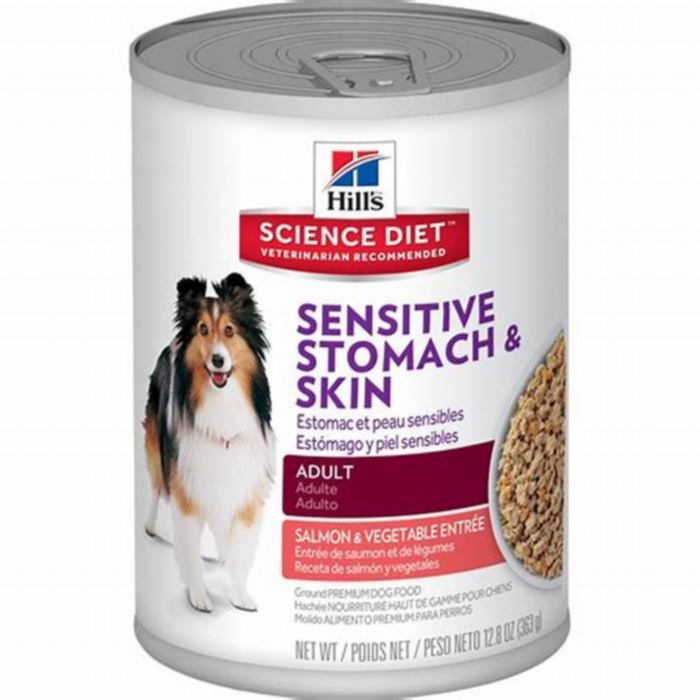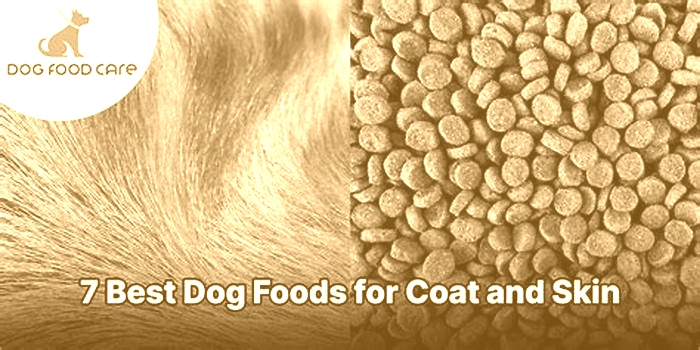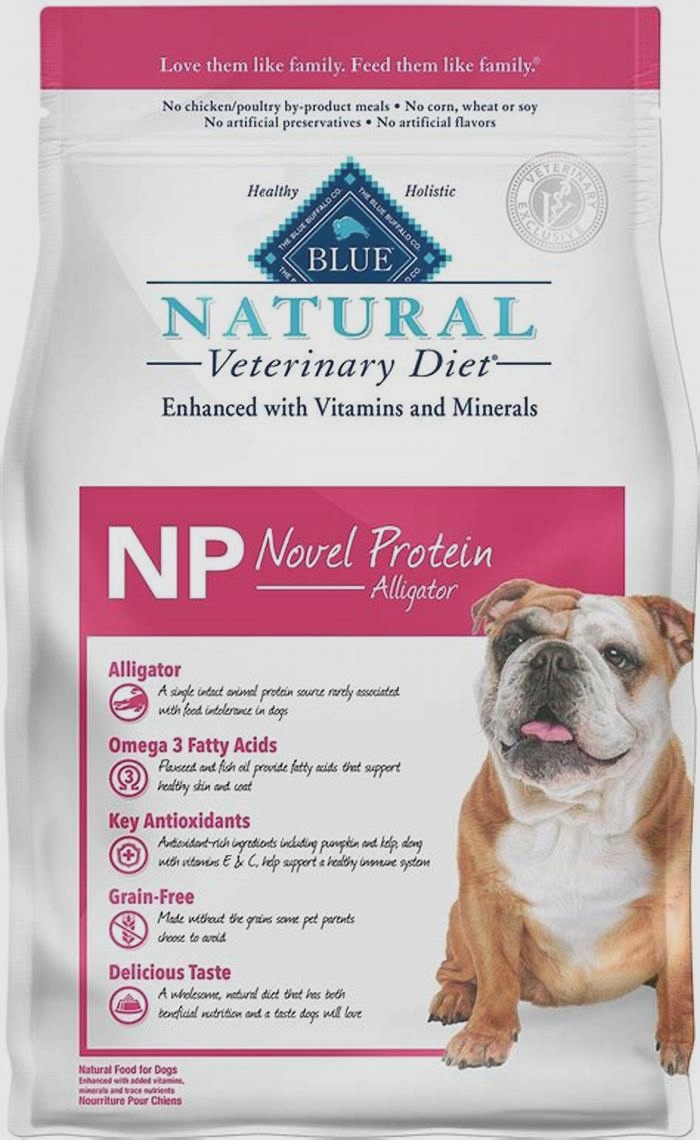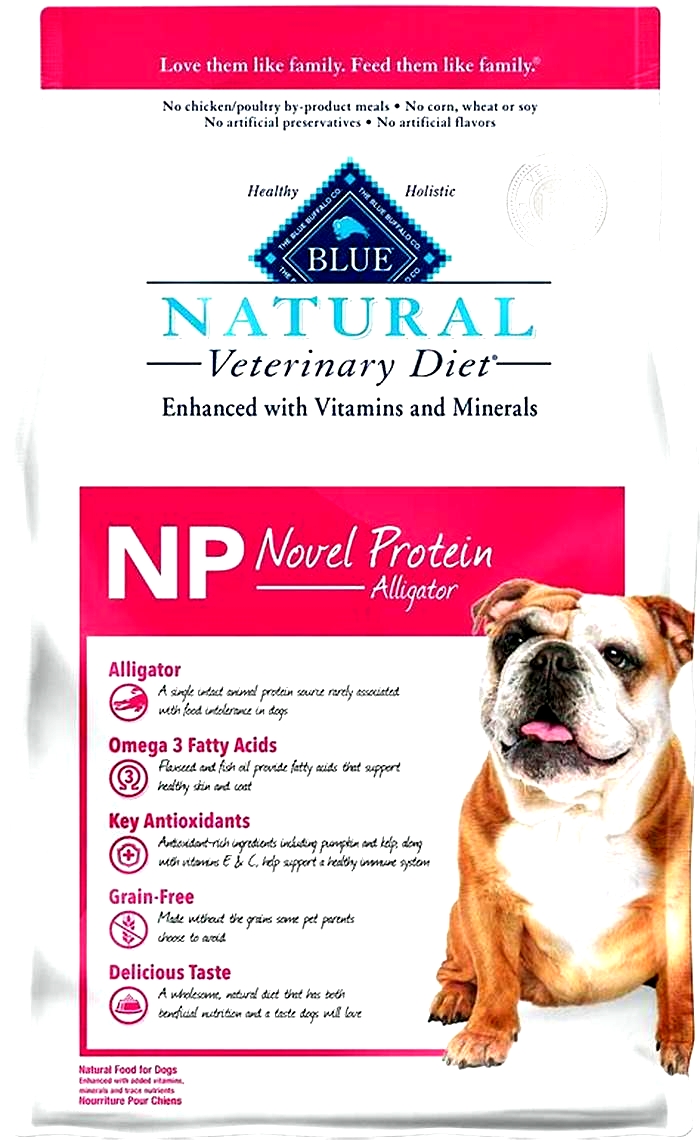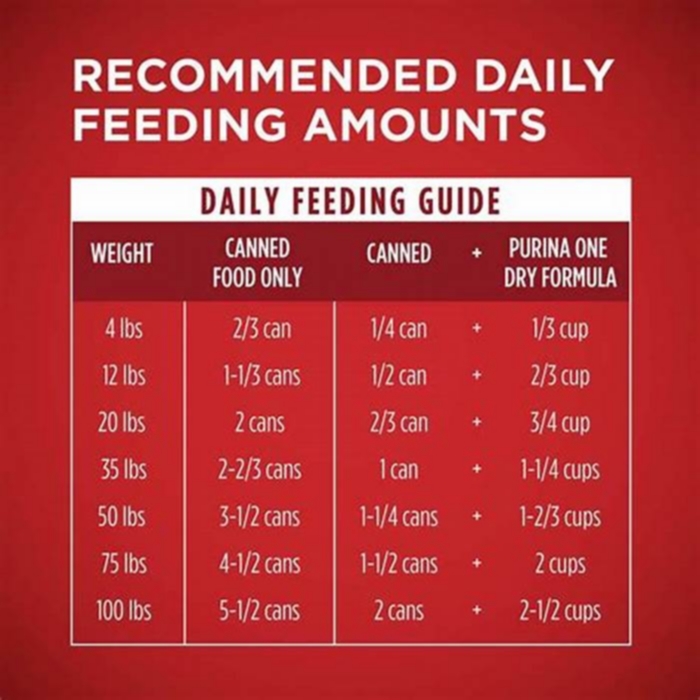can you feed dog salmon skin
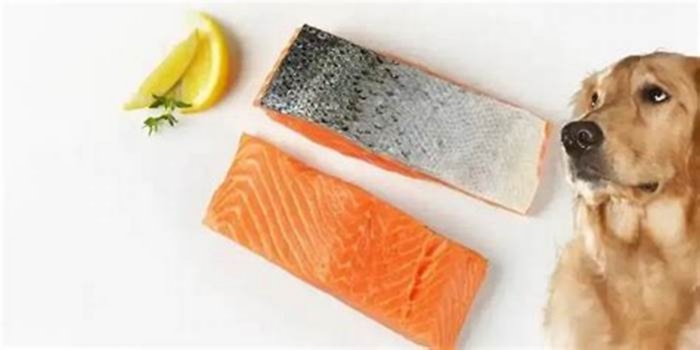
Can Dogs Eat Salmon Skin? (Cooked, Raw, or as Treats?)
Salmon and all its bits, including the head, tail, and, of course, skin, can provide your dog with a very reliable source of essential for healthy nutrients. Keep in mind, however, that oil-rich foods such as salmon should not be given excessively to the dog as this can lead to complications and health problems. So lets try to answer the question Can dogs eat salmon skin? in detail.
Do you have a specific question about benefits of salmon skin for dogs? Then use the table of contents below to jump to the most relevant section.And you can always go back by clicking on the black arrow in the right bottom corner of the page. Also, please note that some of the links in this article may be affiliate links. For more details, check the Disclosure section at the bottom of the page.

Can dogs have salmon skin?

The simple answer is yes; dogs can eat cleaned, properly cooked salmon skins in small amounts. Although it seems unbelievable, most fish skins are perfectly edible for us as well as our pets if the meat of the animals is safe to eat, their skin is also typically edible.
Technically fish skin is the most nutritionally-dense part of their bodies: it contains higher amounts of essential fats, vitamins, and minerals than the pretty steak we like to cook for dinner.
You might also like:

Is salmon skin bad for dogs?
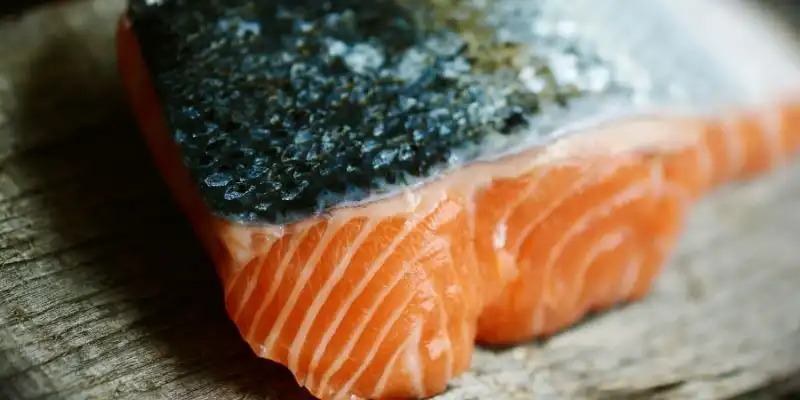
Some fish such as trout or salmon, have a lot of parasites called rickettsia that trigger salmon fish poisoning. If it takes root in the pups gut, this parasite can be dangerous and possibly even lethal to your canine.
Fortunately, however, this condition can be treated as long as you look for its symptoms and seek medical attention as quickly as possible.
The salmon you purchase may also be impacted by the oceans waste materials. Theres a chance this can also affect your dogs health.

Dog ate salmon skin. What to do next?
Signs of salmon poisoning typically involve fever, vomiting, appetite loss, diarrhea, lack of strength, dehydration, and swollen glands.
If your dog has eaten salmon, bring your dog to the vet and mention all the signs of poisoning youve noticed before. The treatment is relatively straightforward, and it should be possible for your dog to emerge from this scot-free (and even better than new).
You might also like:

Salmon skin and dogs. Safety tips
Rules to avoid fish skin poisoning
- Buy as smaller salmon as possible. Younger fish are less in size and were relatively less exposed to toxins dissolved in the water. You can use younger fish to make food and treats for both you and your pup while decreasing the risk of ingestion of toxins.
- Salmon fish from regions such as Scandinavia and Canada has a better chance to be toxin-free. The water around these areas is less contaminated. It can be explained by overall lower pollution rates and lesser sea traffic. Therefore, salmon supposed to be comparatively less likely to be hazardous.
- If you purchased a fresh fish, freeze it for a while. Or buy the frozen salmon right away. This helps to considerably lower the risk of ingestion of parasites and toxins. There must be a word of caution here. While salmon can be excellent for your dog, it is still very fatty. As an outcome, giving your dog a lot of salmon skin can lead to your pets painful and potentially fatal condition, recognized as pancreatitis. So while dogs may consume salmon skin you have to keep an eye on the serving size even its your pups favorite meal in the world.

Can dogs eat cooked salmon skin?

Yes, cooked salmon skin is safer for dogs to eat. In fact, it is recommended to cook the skin thoroughly first, even if it can be served to your dog.
But avoid bone-in salmon because bones may split in the mouth of your pup and fall in the throat or the gastrointestinal tract.
How to cook salmon skin for dogs?
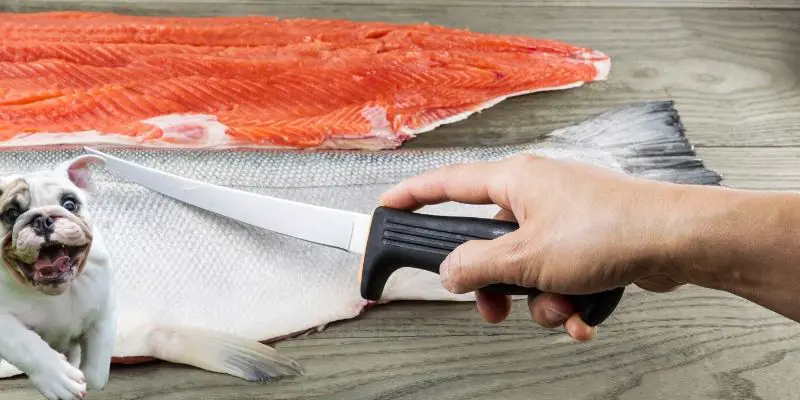
Cooking dramatically reduces your dogs chances of getting negatively affected by the parasites.
It can be grilled or baked or even fried if you think that your dog will be ok with the extra fat.
The best way to serve the treat: peel the cooked skin from a salmon filet and cut it into bite-sized parts. (if you are curious about other types of raw or cooked bones check our guide about bone broth benefits for dogs, some caveats included, of course).

Salmon skin dog treats
Alternatively, give a properly cooked dehydrated salmon skin treat to your dog, like weve found in Amazon, a massive hit amongst the pups who love fish.
This treat is better for medium- and large-sized dogs to avoid choking. And has an additional perk: as reported by buyers its possible to clean pups teeth chewing it (saving a ton on cleaning at the vet with anesthesia). A great deal of deliciousness, health benefits that apparently includes free teeth cleaning! Check more about this product .

Is salmon skin good for dogs?
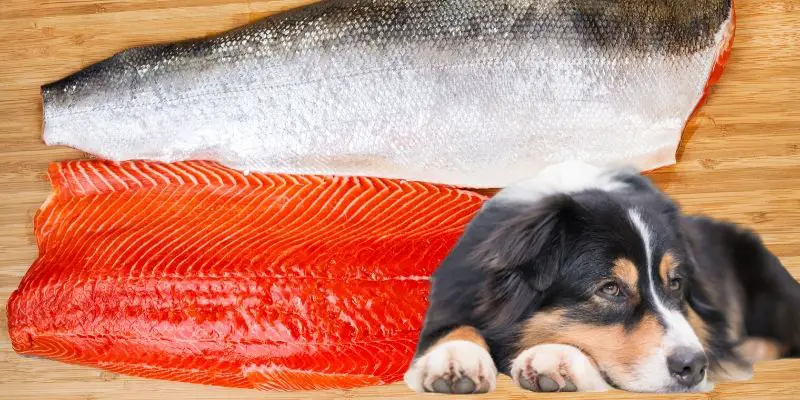
Salmon skin benefits for your pet
- it is unbelievably rich in omega-3 fatty acid, which is hugely beneficial for the skin of your pup and gives your dogs coat luster. A balanced addition of omega-3 fatty acids in the nutritional regimen of your dog will make your best friend look amazingly healthy, like a movie star amongst all the rest furry peasants.
- Some dogs may also want salmon due to fishs nutritional properties. Salmon use can assist dogs to get rid of allergies.
- Salmon skin can help boost the immunity of your dog against terminal conditions like heart-related diseases and cancer in the long run.
- It was documented that the intake of salmon skin can help with signs usually associated with arthritis and closely related joint issues.
- Eating salmon skin can also help your pup with skin or paws itching. If you see your pup is in continuous distress and scratches continuously, you may want to offer him salmon skin, (or you can also look for fleas though).
- As weird as it may seem at first, the consumption of omega-3 fatty acids can help to avoid obesity and assist your pet get rid of the extra pounds of fat.

Salmon skin and dogs. Summary
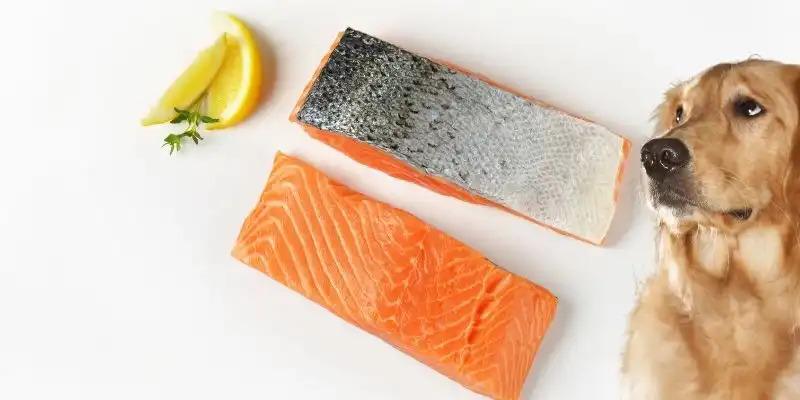
Salmon skin is generally good for dogs, so please do share it openly with your pup. In most cases, salmonincluding the skinis healthy for pets to eat as long it was cooked properly.
If you were barbecuing and had some grilled salmon skin leftovers, dont hesitate to share it with your favorite four-legged friend. He has most likely deserved that delicious treat.
Credits: thanks for the cover photo to Congerdesign from Pixabay.
You might also want to read this:
Can Dogs Eat Salmon?
Is it safe to feed your salmon? The short answer is yes.
Salmon is a great source of omega-3 fatty acids, which support the immune system, may decrease inflammation, and can keep your dogs coat looking shiny and healthy. Along with some other types of fish, salmon is also a good protein source. In fact, salmon is a common ingredient in high-quality dog foods. If your dog is allergic to more common sources of protein like chicken, salmon may be a good alternative.
How Should I Prepare Salmon for My Dog?
Do not ever give your dog raw or undercooked salmon. It can contain the Neorickettsia helminthoeca parasite, which causes salmon poisoning disease. This disease can be fatal. In addition, raw salmon contains lots of small bones, which are brittle and can choke your dog or lodge in their stomach or intestines.
However, well-cooked, boneless salmon is definitely on the list of people food approved for dogs. Choose fresh, boneless fillets, since theyre less likely to harbor small bones. But be sure to check for tiny bones anyway before cooking. Then poach, grill, roast, steam, or bake the salmon with no oil, salt, pepper, or other seasonings, such as garlic or onions.
As with any food, portion control is important. Serve your dog an appropriate portion size, and limit salmon intake to once a week or less. You may even feed your dog canned salmon, although its best to choose one packed with water.
So, the next time youre putting a fresh piece of salmon on the grill or in the oven, set a small piece aside to cook for your dog. Its good for them, and theyll love it. And if you really want to give your dog a special treat, try this homemade vet-approved mini omelette, made with sliced, cooked salmon!
Can Dogs Eat Salmon Skin? Vet Approved Facts
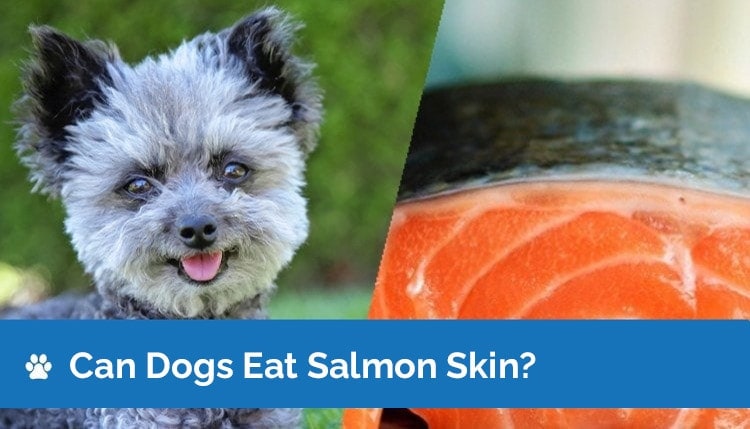
The information is current and up-to-date in accordance with the latest veterinarian research.
Learn moreAs most dog owners know, dogs arent the pickiest eaters. Most dogs will eat plenty of things that a majority of humans wouldnt touch. Of course, youd never feed something to your pooch that might pose the possibility of harming them. Youre even researching to see if salmon skin is safe to feed your dog, which is what every discerning dog owner should do. Luckily, cooked salmon skin without any seasoning or additives is safe for your canine to consume; however, there are some caveats you need to be aware of.
This is box title
Before changing your dogs diet or introducing new ingredients or supplements that they havent eaten before, make sure to consult your veterinarian. Every dog is different and requires an individual approach to nutrition, depending on their age, health, level of activity, and medical history. The guidelines offered in our article have been fact-checked and approved by a veterinarian, but they should be used as a general guide on food safety, rather than an individual nutrition plan.
Moderate the Intake
Fish is rich in polyunsaturated fat, such as omega-3 fatty acids, while being low in saturated fats, and salmon is no exception.
While its not bad for dogs to eat fat, you always have to be careful with how much fat youre feeding a dog. Dogs can gain weight quickly when introduced to a high-fat diet, depending on their level of activity. Because salmon is so high in polyunsaturated fat, it can contribute to weight gain very easily, especially if given too often.
But a high-fat diet is more dangerous than just posing the possibility of weight gain. Dogs that regularly over-consume fat or eat table scraps may potentially be at risk of developing a stomach upset and pancreatitis, although this remains controversial.1 Pancreatitis is an inflammation of the pancreas and will most often happen in dogs for no clear or identifiable reason. It may be life-threatening. There are some known risk factors for this illness, but the link between pancreatitis and fatty foods has yet not been confirmed and pancreatitis still remains a mystery when it comes to dogs.
Salmon may also be contaminated with mercury or polychlorinated biphenyls (PCBs) and other toxins if farmed in polluted or dirty waters. However, salmon is still considered a fish with lower mercury content. Again, in small doses and only on occasion, this isnt going to pose a health risk for your pooch. But if you feed them salmon skin too often, the mercury levels can build up in their body, causing mercury poisoning, which absolutely is a threat to their health.
Ensure the Salmon Skin is Fully Cooked
Salmon often contains bacteria and parasites. Many of these parasites cannot finish their cycle in humans or dogs, as they are fish-specific, but they may certainly cause an upset stomach. However, there is a flatworm called Nanophyetus salmincola which is often infected with a bacteria called Neorickettsia helminthoeca that causes salmon poisoning in dogs. This is a serious condition that can be fatal if not treated in time.
Because of this, its vital that you ensure any salmon skin you feed to your dog is completely and thoroughly cooked. Youll also want to make sure that there are no large, hard scales that could scratch your dogs throat or potentially cause a choking hazard. It may be best to cut the skin into small pieces before offering it to your dog, and do so in moderation.
Avoid Additives and Flavorings
Whenever people eat salmon, they almost always season and flavor it prior to cooking so that it tastes amazing. Rarely does anyone cook salmon completely devoid of flavors and seasonings. But if you plan on feeding the salmon skin to your dog, youre going to need to change this up.
Many seasonings are packed full of sodium, which isnt great for your dog, especially if eaten often or in larger amounts. To be fair, dogs need sodium in their diets, more specifically a minimum of 5-13.3 mg per kg of body weight per day. For comparison, humans should not eat more than 2300 mg of sodium per day, according to the FDA, while ingestion of 2000 mg per kg (2.2 lb) of body weight of sodium can lead to signs of salt toxicosis in dogs. For a healthy, 33-pound dog, the minimum recommendation of sodium for a days intake is 75-200 mg. Most humans are eating 10 to 20 times or more of sodium each day. All this means is that the amount of sodium in a few pieces of salmon skin is unlikely to lead to signs of poisoning in your dog, but it would still be best to be careful not to add salt if youre planning to offer your dog the skin leftovers.
You also need to avoid any type of flavoring that can be harmful to dogs. For instance, garlic and onion are both toxic to dogs, though humans use them for flavor all the time, especially with salmon. If you cooked the salmon with garlic, onion, or other seasonings and flavors, you shouldnt feed the skin to your dog.
Are There Benefits to Feeding Your Dog Salmon Skin?
While the fats in salmon skin need to be fed to your dog sparingly, they can also provide some healthy benefits. Because salmon is made up of so much omega-3 fatty acid, it can actually have an anti-inflammatory effect on your dog in small doses. Furthermore, the fatty acids are great for your dogs coat, helping to keep it vibrant and healthy.
There are many more benefits of omega-3 fatty acids that have been studied in humans and extrapolated to pets as well, but species-specific evidence about safety and indications for its use in dogs is still lacking. However, one thing we do know is that too much omega-3 may be harmful to some dogs, leading to adverse effects such as vomiting, diarrhea, altered platelet function (important for normal clotting), fishy odor, itchiness, and delayed wound healing. Consult your vet if your dog is taking anticoagulant medication or suffering from a blood clotting disorder, pancreatitis, diarrhea, or diabetes.
Conclusion
As long as youve cooked up the salmon skin thoroughly with no additives, flavorings, or seasonings, its perfectly safe to feed to your dog in small amounts. It can even benefit them to some degree, thanks to the high levels of omega fatty acids. However, salmon skin does contain a fair amount of these polyunsaturated fats that, if overfed to your dog, could contribute to weight gain, stomach upset, and possibly a higher likelihood of developing pancreatitis, although the potential link between fatty foods and pancreatitis is still under scrutiny. The key is moderation. Plus, the mercury levels and PCBs in fish skin may be another reason for caution. Just be sure to consult with your vet first and only feed cooked salmon skin to your dog, in moderation, using a verified source. If you take all of these precautions, you should be safe.
Featured image credit: congerdesign, Pixabay

